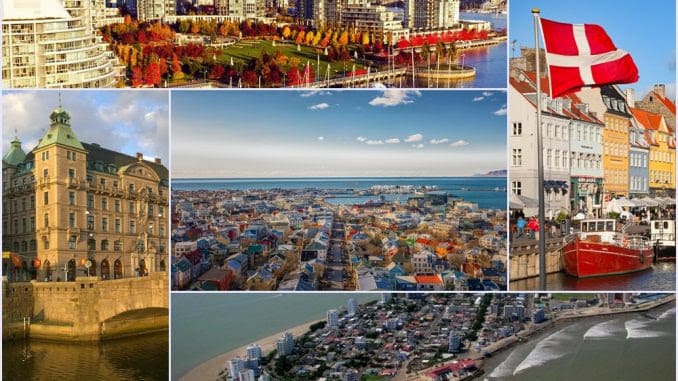
The 10 cities that are implementing solutions to combat global warming and become greener, less polluting and less polluting at the same time are :
Amsterdam: the city is known for its high percentage of bicycles per inhabitant and for its projects to improve its ecological transition, such as the development of solar-powered bicycle paths, the organization of cruises to clean up its canals and its determination to reduce its CO2 emissions by 40% by 2025 compared to 1990 levels.
San Francisco: the city was named North America’s greenest city in 2011. Some of its buildings, such as the Moscone Center, are covered in solar panels, and the city has reduced its carbon dioxide emissions by 34,000 tonnes, the equivalent of taking 7,000 cars off the road. San Francisco was also the first to ban plastic water bottles.
Curitiba: this city has been committed to environmental protection since the 1980s, and is nicknamed Latin America’s model city. The city sorts 70% of its waste thanks to a system of exchanging waste for baskets of vegetables. A million trees have been planted along the city’s highways, and its public transport system is considered the cleanest and best-designed, carrying 85% of the population. In 1996, the city received an award from the English Building and Social Housing Foundation for the most innovative projects.
Stockholm: in 2010, it was the first city to win the European Green Capital Award for innovative cities. The city is developing the Grow Smarter project, which aims to transform wastewater into biofuels, with the aim of eliminating the use of fossil fuels by 2050.
Vancouver: This is the North American city with the lowest CO2 emissions, and since 2010 it has been promoting the use of bicycles and electric cars with the creation of hundreds of kilometers of bike paths and numerous electric vehicle recharging stations. It favors local food by offering space to local producers and reducing household waste.

Zurich: the city is best known for its policy on electricity consumption, and could become the world’s first 2,000-watt city by 2050, with residents requiring just 2,000 watts of continuous power to live, compared with the current European average of 6,300 watts. The Green-city eco-district, for example, aims to reduce fossil fuel consumption by 40%.

Reykjavík: the entire city is powered by green energy, geothermal and hydroelectric power, supplying 122,000 of the country’s 360,000 inhabitants. Only 0.1% of electricity is supplied by fossil fuels, and since 1990 the city’s bus and metro network has been powered by hydrogen.









